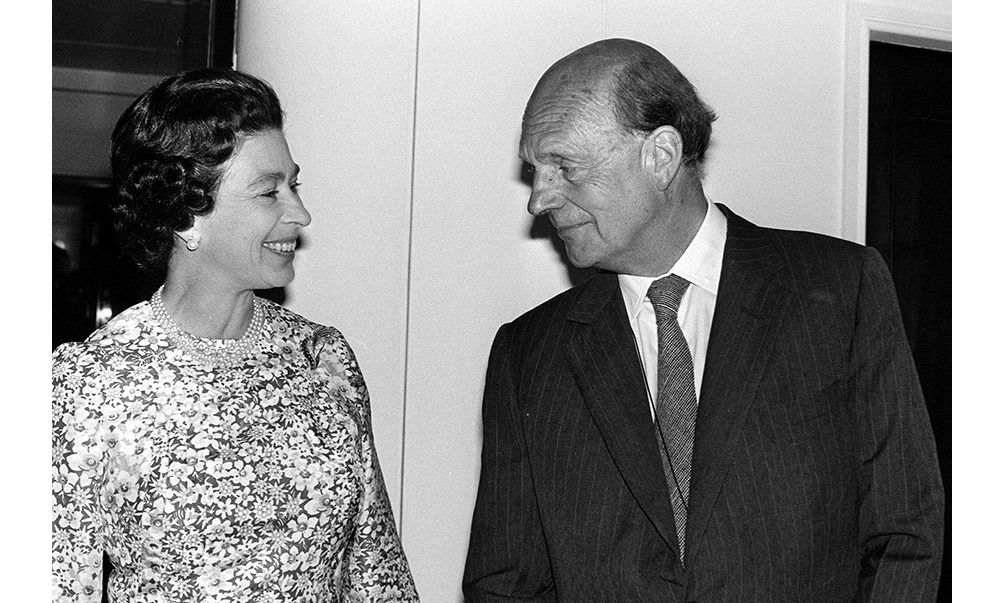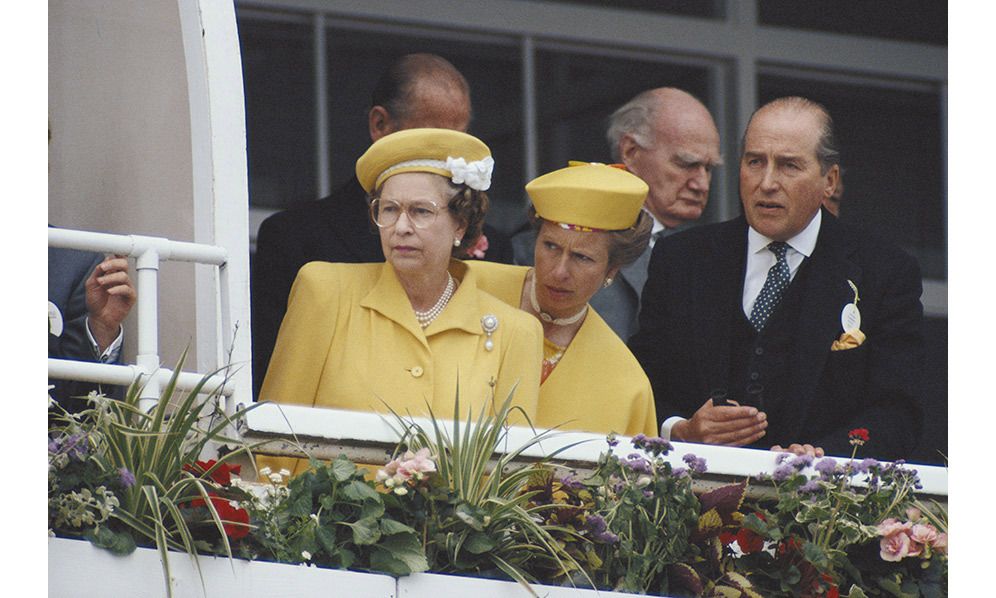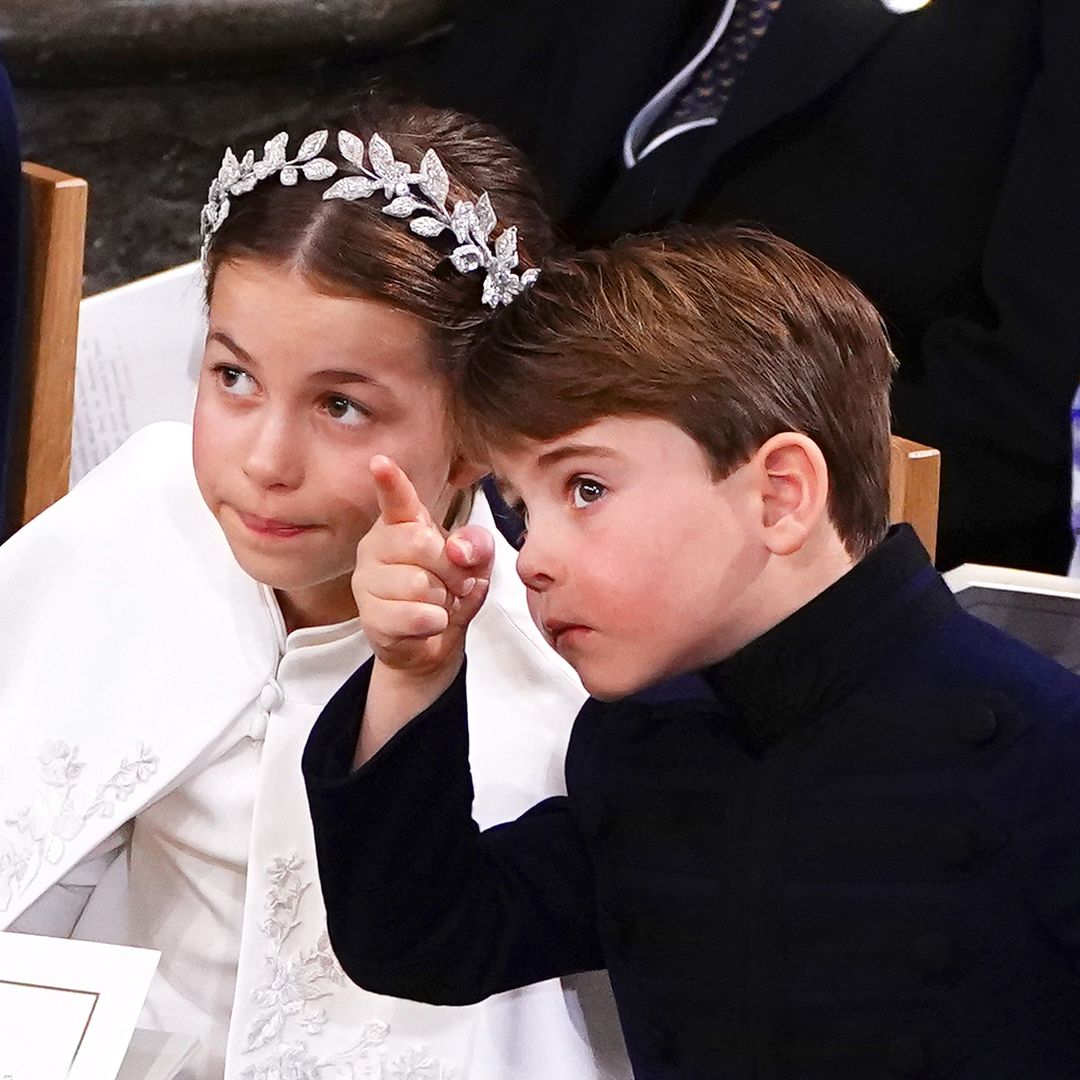One of the most successful reigns in British history may not have been possible without the Queen's coterie of trusted aides. In the early years, they tended to be men and women who had served her parents, providing their mistress, still so young when she ascended the throne, with reassurance and support.
Eventually, as the 'boss' grew in experience, she found advisers younger than herself and often drawn from a professional class of counsellors.
From her faithful servant Bobo MacDonald, who took care of her "little lady" for 67 years, to Prime Minister Winston Churchill and private secretary Martin Charteris, what all her most valued aides have shared is discretion, utter personal devotion and an ability to combine respect for the monarchy with refreshing humour and humanity.
Click through our gallery of the loyal advisers who have helped define the Queen's reign...
Photo: © Getty ImagesWinston Churchill
When George VI died on 6 February 1952, Winston Churchill was nervous because the King's daughter was only 25. The great leader's private secretary John Colville recalled: "All he could say was that he did not know her and that she was only a child."
By the time the Prime Minister departed office three years later, he was thoroughly entranced. He adored the young Queen for her quiet dignity, glamour and grace, saying: "All the film people in the world, if they had scoured the globe, could not have found anyone so suited for the part."
In turn, she revered him as the hero of World War II, who along with her father, had steered Britain through its darkest hour.
Their weekly audiences, when he instructed her in the ways of politics, began to extend well past the allotted 30 minutes to an hour and a half, with gales of laughter heard from outside. Asked what they talked about Churchill would bluff: "Oh, mostly racing."
Photo: © Getty ImagesMargaret 'Bobo' MacDonald
For much of the Queen's childhood, the Scottish nanny slept in the same room as her charge, then Princess Elizabeth. The daughter of an Inverness railway worker, she joined the royal household as an under-nurse aged 26 and was given the nickname Bobo. In return she called the Princess by her family nickname, Lilibet.
Some of the monarch's famously frugal ways come from Bobo, who taught her to carefully smooth wrapping paper from birthday and Christmas presents to use again. She later became the Queen's dresser and accompanied her on honeymoon with Prince Philip.
Into her eighties Bobo would wake her mistress with a cup of tea, draw her bath and lay out her jewellery.
Right up until her death in 1993, aged 89, she lived in a suite at Buckingham Palace. In her later years, when she suffered from ill health, she was cared for by nurses hired on royal orders.
Photo: © Getty ImagesAngela Kelly
After Bobo's retirement as dresser, Liverpudlian docker's daughter Angela stepped into her shoes. A woman of the world, she speaks German and French from her time as housekeeper to the British Ambassador in Berlin, Sir Christopher Mallaby, and his French wife.
Always immaculately turned out herself, Angela has an eye for the theatrical requirements of the sovereign's attire, going ahead of her on tours to check the backgrounds where the Queen will appear and any sartorial do's and don'ts in foreign countries. She has even designed some of Her Majesty's outfits.
However her role goes beyond the regal wardrobe. Ever since the death of the Queen's sister and mother, Angela has become a day-to-day confidante.
The monarch and her dresser are, according to Angela, "two typical women" who enjoy discussing clothes, make-up and jewellery. "The Queen loves clothes and is a real expert on fabrics," said her personal assistant in an interview approved by the Palace.
The 64-year-old revealed the sovereign has a "wicked sense of humour," with an uncanny ability to mimic accents, including her dresser's own scouse brogue.
Fun and gaiety are never far away when Angela is around. And the Queen feels at ease in her company, with the two women often heard laughing together. "I think we're a good team," the sovereign told her.
Photo: © Getty ImagesMartin Charteris
A military man, Lord Charteris of Amisfield trained at Sandhurst and went on to serve in the war as an intelligence officer. Martin was invited to work for the Queen, then Princess Elizabeth, in 1949, and stayed in her employ until after the Silver Jubilee in 1977.
"I simply fell in love with her when I met her," he told The Spectator in 1995. "She was so young, beautiful, dutiful, the most impressive of women."
Martin observed at close hand his boss's strength of character when he accompanied her on what must have surely seemed the longest journey of her life – back to London from Kenya, where news had reached the royal party of her father's death. He later recalled that she was "composed, master of her fate".
Martin's wit and sharpness of mind could often be detected in the Queen's speeches. When he retired his grateful royal employer gave her Private Secretary a silver tray bearing the words: "Martin, thank you for a lifetime." In response he told the Queen: "The next time you see this there will be a gin and tonic on it."
Photo: © PAPatrick Plunket
Four years her senior, the 7th Baron Plunket (pictured as a young boy far left) grew up with the Queen, and was even, in those early years, considered a possible suitor for her. Full of aristocratic style and wit, Patrick served as her father's equerry before becoming Her Majesty's Master of the Household – in charge of overseeing all the staff and entertaining in her residences, a role he carried out with effortless flair.
In her memoirs, Annabel Goldsmith, his cousin, recalled that ten days before his death from cancer in 1975 at the age of 53, the faithful courtier dragged himself out of bed to see to the arrangements for an important dinner at the Palace one last time.
"This astonishing, slightly mad act did not go unrecognised," said Annabel. "I was told that in the morning on his breakfast tray was a perfect posy of miniature spring flowers and a handwritten note from the Queen herself."
Unusually, the Queen attended both his funeral and memorial service. In a lasting tribute to her friend, she also ordered a pavilion to be erected in his memory in Windsor Great Park.
Photo: © Getty ImagesLadies in waiting
Drawn from her close social circle, the Queen's ladies-in-waiting tend to be well-bred sociable personalities. Some of them, such as Lady Susan Hussey, Mary Morrison and Fortune FitzRoy, the Duchess of Grafton, have served their mistress for more than 50 years. They accompany Her Majesty on engagements, fulfilling the function of personal assistant and companion. In the early days of her reign, the ladies provided reassurance and moments of lightness.
In 1954, Lady Pamela Hicks (pictured), the daughter of Lord Mountbatten and cousin of Prince Philip, accompanied her to Australia and New Zealand – her first tour following the death of King George VI. Lady Pamela told HELLO! she was chosen "so they could have a bit of a giggle," adding sweetly: "She actually did all her giggling with Prince Philip."
Photo: © Getty ImagesRacing managers
Perhaps not an obvious part of a royal court, Her Majesty's racing managers have always provided a vital outlet from the affairs of state. The first was Henry, Earl of Carnarvon, who was known as Lord Porchester until he succeeded to his father's title. As a personal friend of him and his wife Jeanie, the Queen called him Porchey. He was her racing manager for 32 years until his sudden death aged 77 in 2001.
The two shared a lifelong fascination for horse breeding and would walk for hours at Sandringham or in Scotland, talking bloodlines. On Porchey's death, his job passed to his son-in-law John Warren, the son of a greengrocer and a self-made man who became a member of the racing aristocracy.
Photo: © Getty ImagesDickie Arbiter
Dickie (pictured centre) was press secretary to the royal family through the crisis years encompassing the fire at Windsor Castle and the breakdown of Prince Charles' marriage to Princess Diana. Formerly a press correspondent, he remembers one of his first days on the job, when he was invited to Balmoral for a picnic with his employer and Prince Philip.
Afterwards, recalls Dickie in his book On Duty with the Queen, he offered to do the washing up. "I started running water and squirting Fairy Liquid. There was someone behind me who I assumed was a lady in waiting. I said, 'I'll wash, you dry.' But then I heard the Queen's voice saying, 'No, I'll wash and you dry.'"
Photo: © Getty ImagesSir William Heseltine
One of Dickie Arbiter's predecessors, Australian-born Sir William Heseltine also played a key role, steering the Queen towards a more modern approach that included the first TV documentary about the royal family in 1969 and the introduction of the walkabout in the seventies.
He remembers being told that he had been included in the New Year's Honours List. But his royal employer surprised him by staging a private ceremony to knight him at Sandringham.
"I walked into her study to do the business of the day," Sir William said.
"And as I came in the door I noticed there was a stool by the desk. But it wasn't just any stool; it was the stool which was known as the knighting stool. Then I noticed on the desk itself was this sword.
"The Queen looked at me and said 'There's something I have to do.'"
So Sir William knelt and received his own private knighting ceremony in a moment he will forever cherish.
Photo: © Getty Images


















